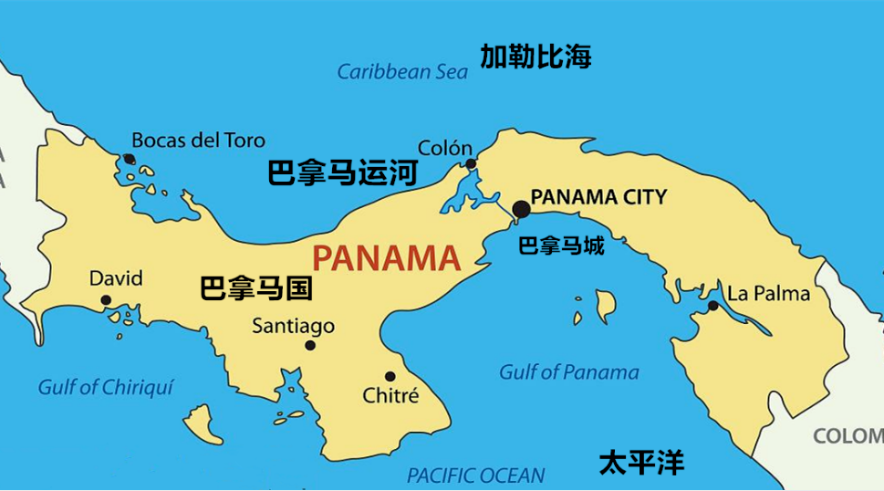Restricted flights again! The Panama Canal will shrink further
In order to mitigate the impact of severe drought, the Panama Canal Authority (ACP) has recently updated its shipping restrictions. The number of daily ships passing through this major global maritime trade channel will be reduced from 32 to 31 ships starting in November.
Canal drought intensifies
Several experts have warned that maritime trade could be disrupted given the prospect of more drought next year. It believes that Panama’s dry season may start early. Higher than average temperatures may increase evaporation, causing water levels to be close to record lows in April next year.
Canal administrators once said that Panama would experience drought every five years or so. Now it appears to happen every three years. Panama’s current drought is the driest year since records began in 1950. Vazquez, director of the Panama Canal Authority, said in an interview with reporters that restrictions on traffic could lead to a loss of US$200 million in canal revenue. This year’s drought is severe, and as climate change intensifies, water shortages in the Panama Canal may become the norm.
Restrict shipping volume again
Recently, Reuters reported that ACP has implemented a number of navigation restrictions in recent months to save water, including limiting the draft of ships from 15 meters to 13 meters and regulating daily shipping volume.
The Panama Canal Authority has stated that due to a severe drought, which resulted in a significant drop in water levels, it adopted water conservation measures at the end of July and temporarily restricted the passage of Panamax ships from August 8 to August 21, from the original 32 per day. dropped to 14 ships. Not only that, the Panama Canal Authority is considering extending the canal traffic restrictions until September next year.
It is understood that the United States is the country that uses the Panama Canal most frequently, and about 40% of container cargo needs to pass through the Panama Canal every year. Now, however, as it becomes increasingly difficult for ships to transit the Panama Canal to the U.S. East Coast, some importers may consider rerouting via the Suez Canal.
However, for some ports, switching to the Suez Canal may increase shipping time by 7 to 14 days.
